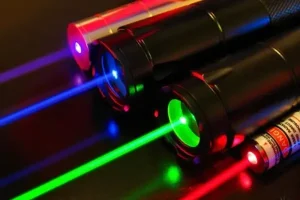Harnessing the Power of Infrared: Beyond the Visible Spectrum
In the constantly evolving world of photonics, the prominence of infrared solid-state laser is undeniable. These lasers, which function in the infrared section of the light spectrum, are the pinnacle of technological advancement, seamlessly merging theory with practical application. Their unique operational wavelength provides them with capabilities that are both powerful and diverse, making them invaluable tools in bridging technological gaps across a myriad of scientific and industrial domains.
To truly appreciate the wonders of infrared solid-state lasers, it’s crucial to delve deeper into their operational mechanics. At the heart of these lasers lies the gain medium, which is fundamentally responsible for the amplification of light. The gain medium in the case of infrared lasers can either be a crystalline structure or specialized glass materials. What makes these mediums special is their doping with certain ions. These ions are specifically chosen based on their ability to provide the desired energy states essential for the laser’s operation.
When external energy is introduced to these doped materials, the ions get energized, transitioning to a higher energy state. However, these excited states are unstable, and as these ions return to their ground state, they release the stored energy in the form of light. The wavelength of this emitted light is in the infrared region, which is beyond the visible spectrum for the human eye. This specific characteristic of emitting light in the infrared spectrum is what lends these lasers their name and their unique set of properties.
Infrared lasers, thanks to their distinct wavelengths, can penetrate obstacles that are otherwise impenetrable by visible light. This trait is what makes them indispensable in numerous applications, from medical imaging, where they can provide clear visuals of internal structures, to industrial settings, where they can be used for cutting, welding, or even engraving materials with unmatched precision. Furthermore, their role in the realms of data transmission and remote sensing cannot be overstated. In these applications, the lasers serve as both transmitters and receivers, emitting pulses of infrared light and then capturing the reflections to gather crucial data.
But beyond their myriad of applications, the true beauty of infrared solid-state lasers lies in their blend of simplicity and sophistication. While their foundational concept rests on the basic principles of physics, their real-world applications are a testament to human ingenuity and the relentless pursuit of knowledge. As the world moves forward, the role of these lasers will only become more pivotal, setting the stage for innovations we have yet to envision.
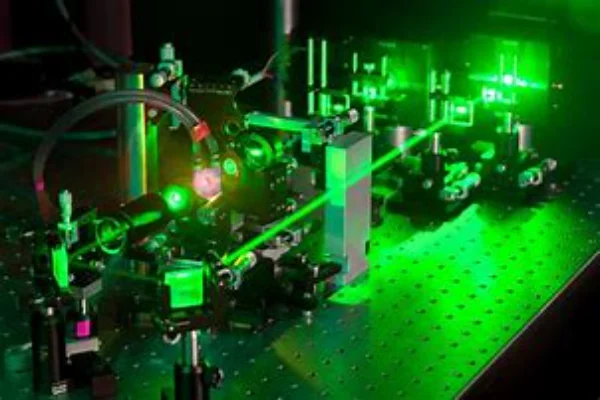
Unleashing the Potential: Infrared Laser in Modern Exploration
In the rapidly evolving realm of technological advancements, infrared lasers have emerged as powerful tools, offering unique capabilities and spearheading innovations in diverse fields. Their prominence is especially evident in remote sensing applications. With their inherent ability to penetrate obstructions like fog, clouds, and certain atmospheric layers, infrared lasers have become indispensable assets for satellite-based observation systems. The power of these lasers doesn’t just stop at mere penetration. When they emit pulses of infrared light that reflect off surfaces or objects, these reflections, when captured and analyzed, provide scientists with a treasure trove of data about our planet’s surface and the intricacies of its atmosphere.
One of the most groundbreaking applications of infrared lasers is in the world of LIDAR technology. LIDAR, which stands for Light Detection and Ranging, offers a revolutionary approach to mapping the earth’s surface. Imagine being able to capture the nuances of a dense forest, the contours of an urban landscape, or even the path of a winding river with pinpoint accuracy. LIDAR, equipped with the prowess of infrared lasers, makes this possible. By emitting rapid pulses of light and then meticulously measuring the time it takes for these pulses to return after reflection, LIDAR systems construct detailed, three-dimensional representations of the environment. This level of detail is proving transformative for sectors like forestry, where understanding vegetation density and tree height is vital, or urban planning, where accurate topographical data can guide infrastructure development. Notably, as we venture into the era of autonomous vehicles, LIDAR systems stand at the forefront, guiding vehicles safely by creating real-time maps of their surroundings.
Beyond terrestrial applications, infrared lasers are also pushing boundaries in the realm of communication. Traditional communication methods, bound by the physical constraints of cables and wires, face limitations, especially when we dream of communicating across vast expanses of space. Enter free-space optical communication, a domain where the vastness of space becomes a playground for data transmission. Harnessing the long wavelengths of infrared lasers, this technology offers the tantalizing prospect of transmitting data across immense distances with minimal interference or loss. Picture satellites communicating with each other or with ground stations on Earth, exchanging vast amounts of data seamlessly. Even more ambitiously, as we set our sights on interplanetary exploration, the potential of establishing communication channels between planets using infrared lasers becomes a thrilling possibility.
In essence, the versatility and potency of infrared lasers have made them invaluable tools, reshaping industries and unlocking new horizons. From understanding our planet’s intricate landscapes to dreaming of interstellar dialogues, these lasers are truly at the heart of many modern marvels. As they continue to evolve and find new applications, one can only imagine the frontiers they will help us conquer next.
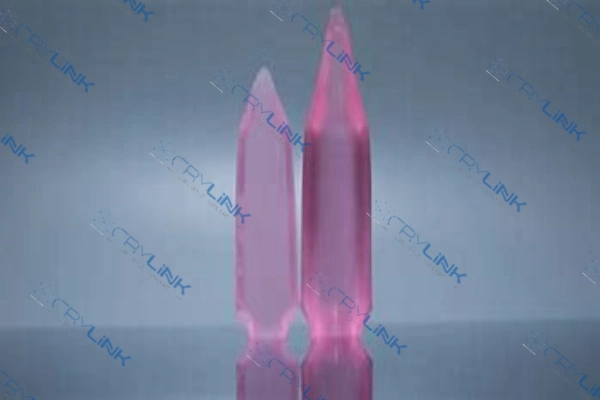
Crystals in Focus: Revolutionizing Photonics with Er:YAG and Ho:YLF
In the intricate world of photonics, the advancements driven by unique materials like Erbium-doped Yttrium Aluminum Garnet (Er:YAG) and Holmium-doped Yttrium Lithium Fluoride (Ho:YLF) crystals stand out. Both of these crystals have not only pushed the boundaries of what’s achievable with laser technology but also significantly broadened its applications.
Er:YAG, with its characteristic emission in the mid-infrared range, has become a cornerstone in medical fields such as dermatology and dentistry. The precision it offers, coupled with minimal side effects, has transformed treatments, ensuring quicker recovery times and improved results. The consistency of Er:YAG’s output, credited to its inherent stability, has made it a go-to choice for professionals who require unwavering performance. This stability, combined with its specific emission wavelength, ensures that targeted treatments can be delivered without adversely affecting surrounding tissues.
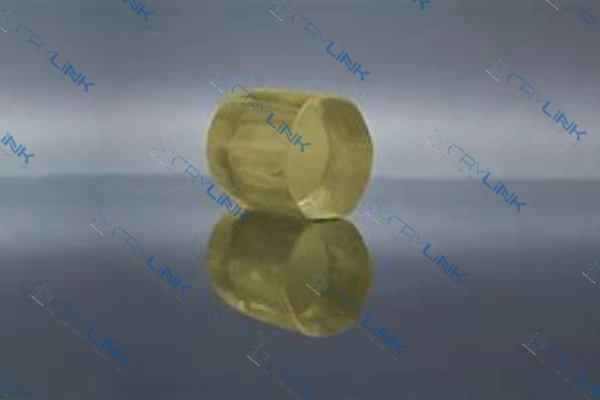
On the other hand, the rise of Ho:YLF is equally impressive. Efficiently emitting laser light in the 2-3 µm wavelength range, it has carved out its niche, especially in critical areas like medical imaging and environmental monitoring. Medical practitioners are now able to achieve clearer visuals, delve deeper, and diagnose with higher accuracy. Meanwhile, in environmental applications, its sensitivity to particular atmospheric gases ensures more accurate monitoring, allowing for timely interventions and data-driven policy formulations.
However, with great power comes great responsibility. The transformative capabilities of infrared lasers underline the need for meticulous safety precautions. Given the invisibility of infrared light to the naked eye, there’s a heightened risk of inadvertent exposure. As such, it’s paramount that users be equipped with protective eyewear specifically tailored to the laser’s wavelength. This not only prevents potential harm but also ensures that the longevity and performance of the laser apparatus remain uncompromised. Moreover, strict adherence to operational guidelines ensures both the safety of the user and the optimal performance of the laser. By understanding and respecting the might of these lasers, we can harness their full potential, ensuring a future where technological advancements continue to benefit humanity while ensuring safety and well-being.

The Future of Infrared Solid-State Lasers
The realm of infrared solid-state lasers is on the brink of a revolution. As the scientific community delves deeper into understanding these lasers, there’s a palpable excitement about the untapped potential they hold. Their unique properties, combined with advancements in technology, promise a future where their applications could be transformative.
In telecommunications, for instance, the prospect of faster, more efficient data transmission through free-space optical communication is becoming increasingly viable. This could pave the way for seamless intercontinental communication, reduced latency, and possibly even communication in deep-space missions. The promise of lasers transmitting data across vast cosmic distances, unhindered by the limitations of current technologies, tantalizingly beckons.
Similarly, the healthcare industry is set to witness groundbreaking innovations. Beyond the already established applications in dermatology and dentistry, infrared lasers could lead to breakthroughs in non-invasive surgeries, advanced imaging techniques, and targeted therapies. Their precision and ability to focus on minuscule areas mean treatments could become more efficient and less traumatic for patients.
Furthermore, with continuous exploration into new gain mediums, there’s a vast expanse of possibilities awaiting discovery. These could lead to lasers with varied wavelengths, powers, and functionalities, expanding their applicability across diverse fields. Researchers are only scratching the surface of what’s achievable.
In essence, as we gaze into the future of infrared solid-state lasers, it’s clear that we stand at the cusp of an era where these beams of light will not only enhance technological capabilities but also significantly impact our daily lives. The dawn of a brighter, more connected, and technologically advanced future, powered by these lasers, is on the horizon.
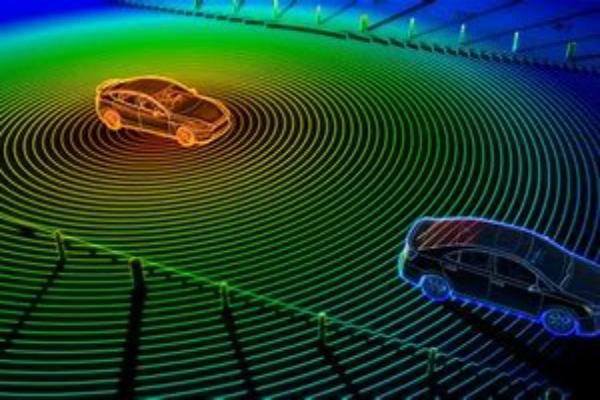
Conclusion: The Unstoppable Rise of Infrared Lasers
Infrared solid-state lasers, with their unmatched precision and adaptability, are undoubtedly shaping the future of multiple disciplines. From scanning the earth’s surface to facilitating interstellar communication, these lasers are truly penetrating new frontiers.
Frequently Asked Questions
- What are the primary materials used in infrared solid-state lasers?
- Infrared solid-state lasers often use materials like Er:YAG and Ho:YLF as their gain medium.
- How do infrared lasers differ from visible lasers?
- Infrared lasers operate at longer wavelengths than visible lasers, allowing them to penetrate certain obstacles and offer unique applications.
- Why are Er:YAG crystals important for mid-infrared wavelengths?
- Er:YAG crystals emit light in the mid-infrared range, making them valuable for specific scientific and medical applications.
- Are there any risks associated with using infrared lasers?
- Like all lasers, inappropriate use of infrared lasers can pose risks, especially to the eyes. It’s vital to follow safety guidelines and use appropriate protective equipment.
- How does LIDAR use infrared lasers to map the earth’s surface?
- LIDAR systems send out rapid infrared light pulses and measure their reflections to create detailed, three-dimensional maps.


